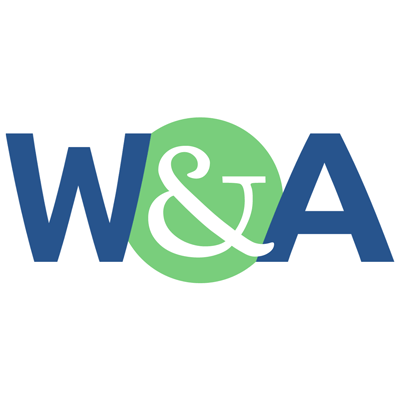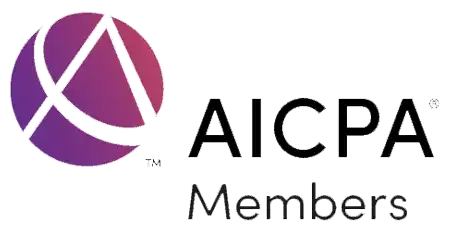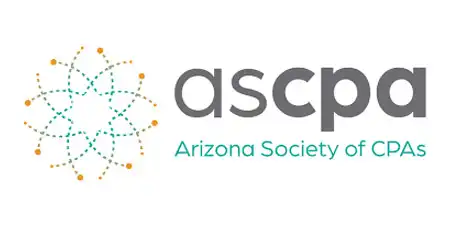- Tribal corporations or other business-type entities;
- non-profit organizations; and
- other subordinate or external entities.
Recipients under the following types of programs are not considered subrecipients of federal funding but are instead considered beneficiaries:
- General Welfare Emergency Assistance Program (GWEAP); and
- Small Businesses (costs of business interruption or reopening safely).
Tribes should follow authoritative guidance from the federal government in making the above determinations.
Subrecipient vs. Beneficiary
What are the characteristics of a subrecipient versus those of a beneficiary? The Uniform Guidance informs us that a pass-through entity is defined as a subrecipient if it carries out part of a Federal award received by the pass-through entity.” Tribes may have taken the following steps to communicate clearly that the following applicants were receiving funds to carry out parts of a Federal award:
- Tribal corporations, schools, non-profit organizations and other applicants may have been required to provide detailed budgets and budget narratives.
- Applicants other than Tribal departments may have been required to complete subrecipient monitoring forms and supporting documents for the Tribe to perform a risk assessment.
- Applicants other than Tribal departments that received awards may have been required to execute subrecipient agreements.
Subrecipient Monitoring
Tribes should understand that by issuing awards to subrecipients (subawards), they were undertaking certain obligations.
First, it is important to define our terms as set forth in
2 CFR 200.1:
Subaward
means an award provided by a pass-through entity to a subrecipient for the subrecipient to carry out part of a Federal award received by the pass-through entity. It does not include payments to a contractor or payments to an individual that is a beneficiary of a Federal program. A subaward may be provided through any form of legal agreement, including an agreement that the pass-through entity considers a contract.
Subrecipient
means an entity, usually but not limited to non-Federal entities, that receives a subaward from a pass-through entity to carry out part of a Federal award; but does not include an individual that is a beneficiary of such award. A subrecipient may also be a recipient of other Federal awards directly from a Federal awarding agency
(a) Subrecipients. A subaward is for the purpose of carrying out a portion of a Federal award and creates a Federal assistance relationship with the subrecipient. See definition for Subaward in § 200.1 of this part. Characteristics which support the classification of the non-Federal entity as a subrecipient include when the non-Federal entity:
(1) Determines who is eligible to receive what Federal assistance;
(2) Has its performance measured in relation to whether objectives of a Federal program were met;
(3) Has responsibility for programmatic decision-making;
(4) Is responsible for adherence to applicable Federal program requirements specified in the Federal award; and
(5) In accordance with its agreement, uses the Federal funds to carry out a program for a public purpose specified in authorizing statute, as opposed to providing goods or services for the benefit of the pass-through entity.
Compliance Requirements
A pass-through entity (PTE) must:
Identify the Award and Applicable Requirements – Clearly identify to the subrecipient:
(1) the award as a subaward at the time of subaward (or subsequent subaward modification) by providing the information described in 2 CFR section 200.331(a)(1);
(2) all requirements imposed by the PTE on the subrecipient so that the federal award is used in accordance with federal statutes, regulations, and the terms and conditions of the award (2 CFR section 200.331(a)(2)); and
(3) any additional requirements that the PTE imposes on the subrecipient in order for the PTE to meet its own responsibility for the federal award (e.g., financial, performance, and special reports) (2 CFR section 200.331(a)(3)).
Evaluate Risk – Evaluate each subrecipient’s risk of noncompliance for purposes of determining the appropriate subrecipient monitoring related to the subaward (2 CFR section 200.331(b)). This evaluation of risk may include consideration of such factors as the following:
(1) The subrecipient’s prior experience with the same or similar subawards;
(2) The results of previous audits including whether or not the subrecipient receives single audit in accordance with 2 CFR part 200, subpart F, and the extent to which the same or similar subaward has been audited as a major program;
(3) Whether the subrecipient has new personnel or new or substantially changed systems; and
(4) The extent and results of federal awarding agency monitoring (e.g., if the subrecipient also receives federal awards directly from a federal awarding agency).
Monitor
– Monitor the activities of the subrecipient as necessary to ensure that the subaward is used for authorized purposes, complies with the terms and conditions of the subaward, and achieves performance goals (2 CFR sections 200.331(d) through (f)). In addition to procedures identified as necessary based upon the evaluation of subrecipient risk or specifically required by the terms and conditions of the award, subaward monitoring must include the following:
(1) Reviewing financial and programmatic (performance and special reports) required by the PTE.
(2) Following-up and ensuring that the subrecipient takes timely and appropriate action on all deficiencies pertaining to the federal award provided to the subrecipient from the PTE detected through audits, on-site reviews, and other means.
(3) Issuing a management decision for audit findings pertaining to the federal award provided to the subrecipient from the PTE as required by 2 CFR section 200.521.
Single Audit
Treasury’s FAQs include these key questions and answers:
7. Are Fund payments considered federal financial assistance for purposes of the Single Audit Act?
Yes, Fund payments are considered to be federal financial assistance subject to the Single Audit Act (31 U.S.C. §§ 7501-7507) and the related provisions of the Uniform Guidance, 2 C.F.R. § 200.303 regarding internal controls, §§ 200.330 through 200.332 regarding subrecipient monitoring and management, and subpart F regarding audit requirements.
13. What are the differences between a subrecipient and a beneficiary under the Fund for purposes of the Single Audit Act and 2 C.F.R. Part 200, Subpart F regarding audit requirements?
The Single Audit Act and 2 C.F.R. Part 200, Subpart F regarding audit requirements apply to any non-federal entity, as defined in 2 C.F.R. 200.69, that receives payments from the Fund in the amount of $750,000 or more. Non-federal entities include subrecipients of payments from the Fund, including recipients of transfers from a State, territory, local government, or tribal government that received a payment directly from Treasury. However, subrecipients would not include individuals and organizations (e.g., businesses, non-profits, or educational institutions) that are beneficiaries of an assistance program established using payments from the Fund. The Single Audit Act and 2 C.F.R. Part 200, Subpart F regarding audit requirements do not apply to beneficiaries.
One point of clarification is that Single Audit is required for any subrecipient that expends $750,000 or more in a year. Treasury likely assumed in its answer to #13 that all funds received in 2020 would be expended in 2020.
Conclusion
Tribes should have relied on the above authoritative guidance in determining their responsibilities for proper administration of CRF funds that they passed through to other entities. Subrecipients of the CRF that expended $750,000 or more of federal funds in Fiscal Year 2020 can look forward to further guidance with regard to the Single Audits that they will be required to undergo.







